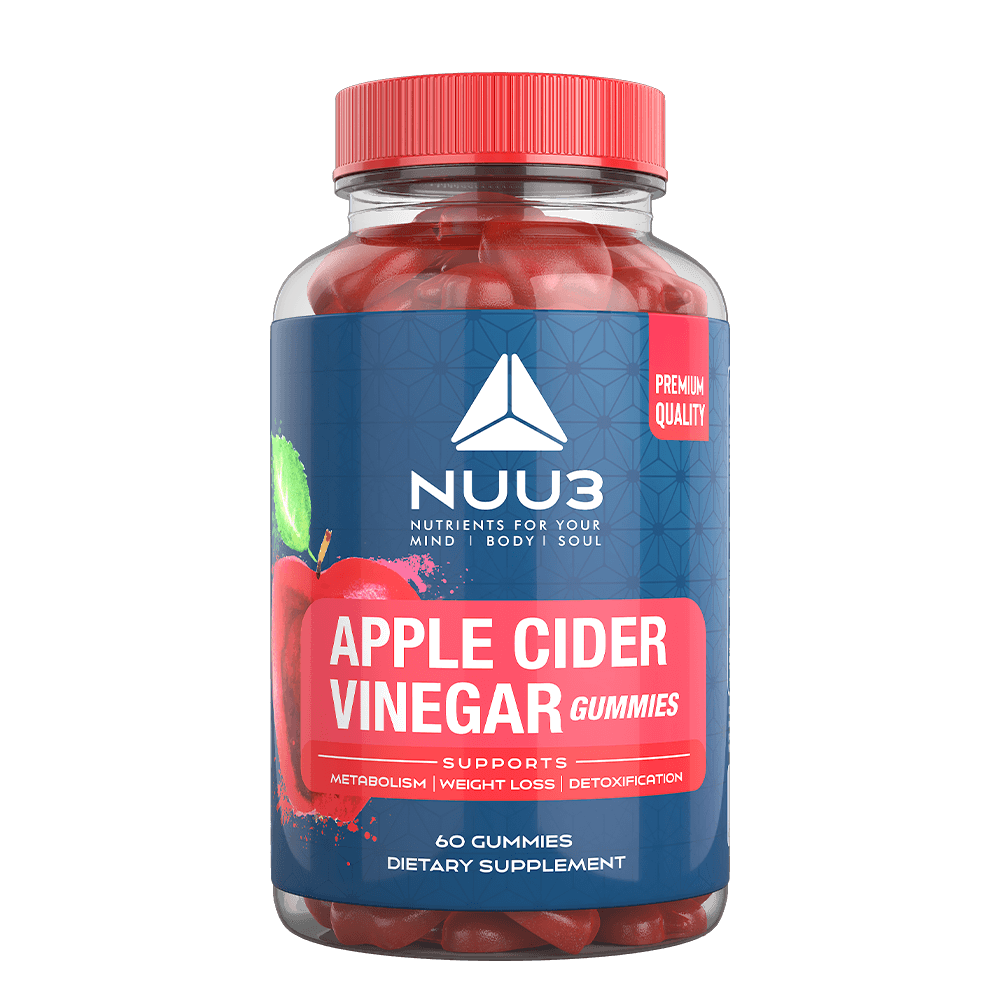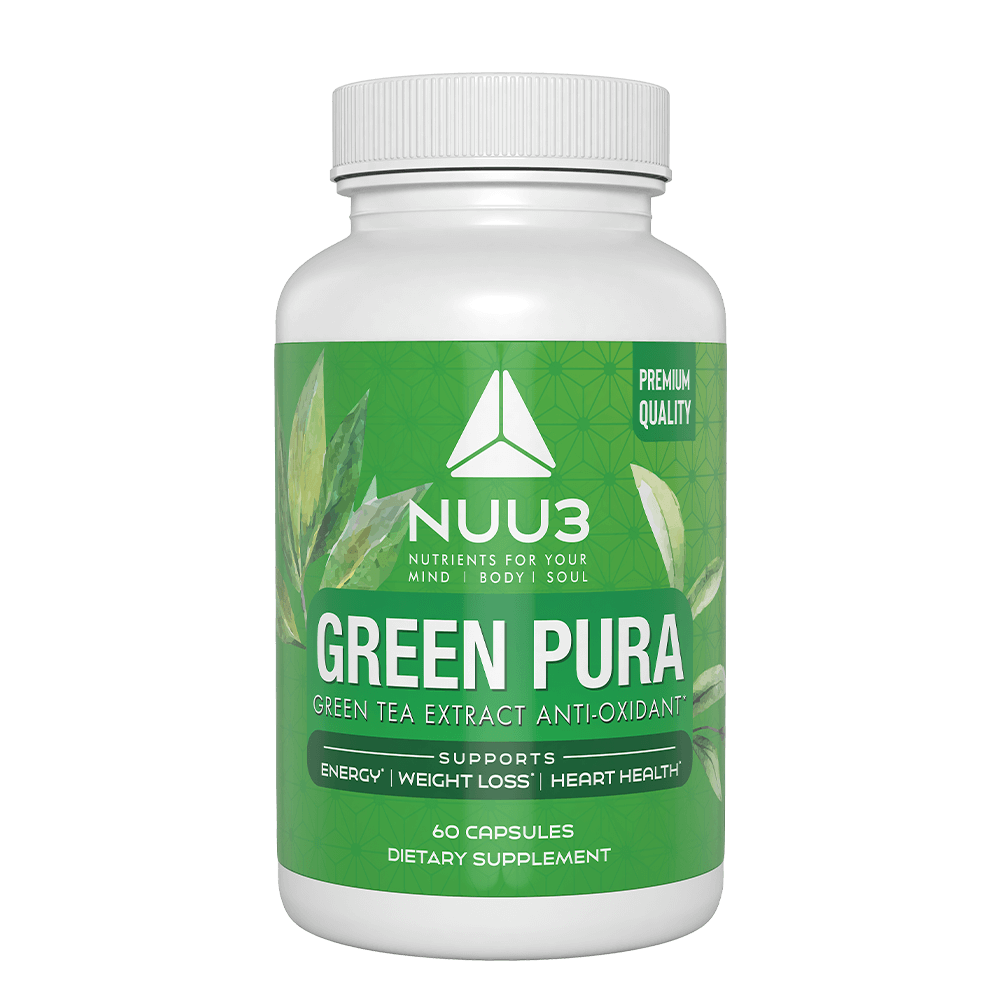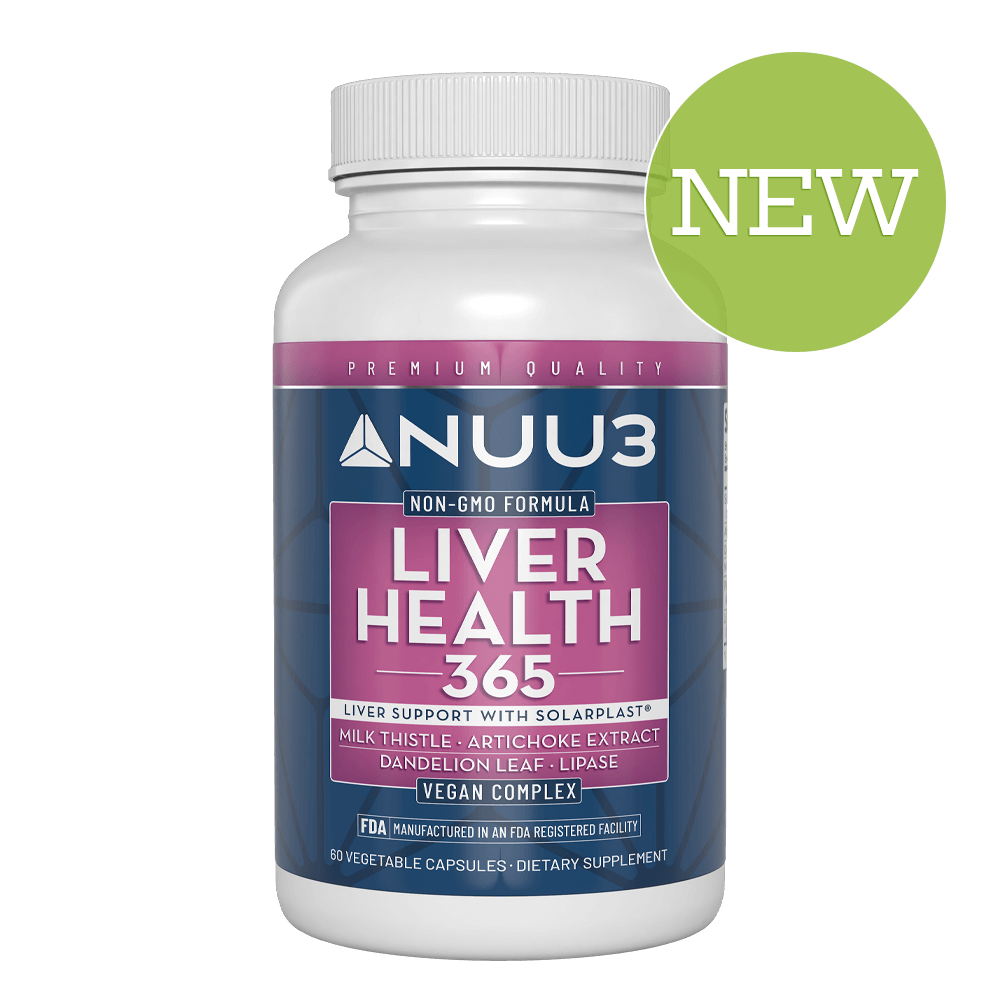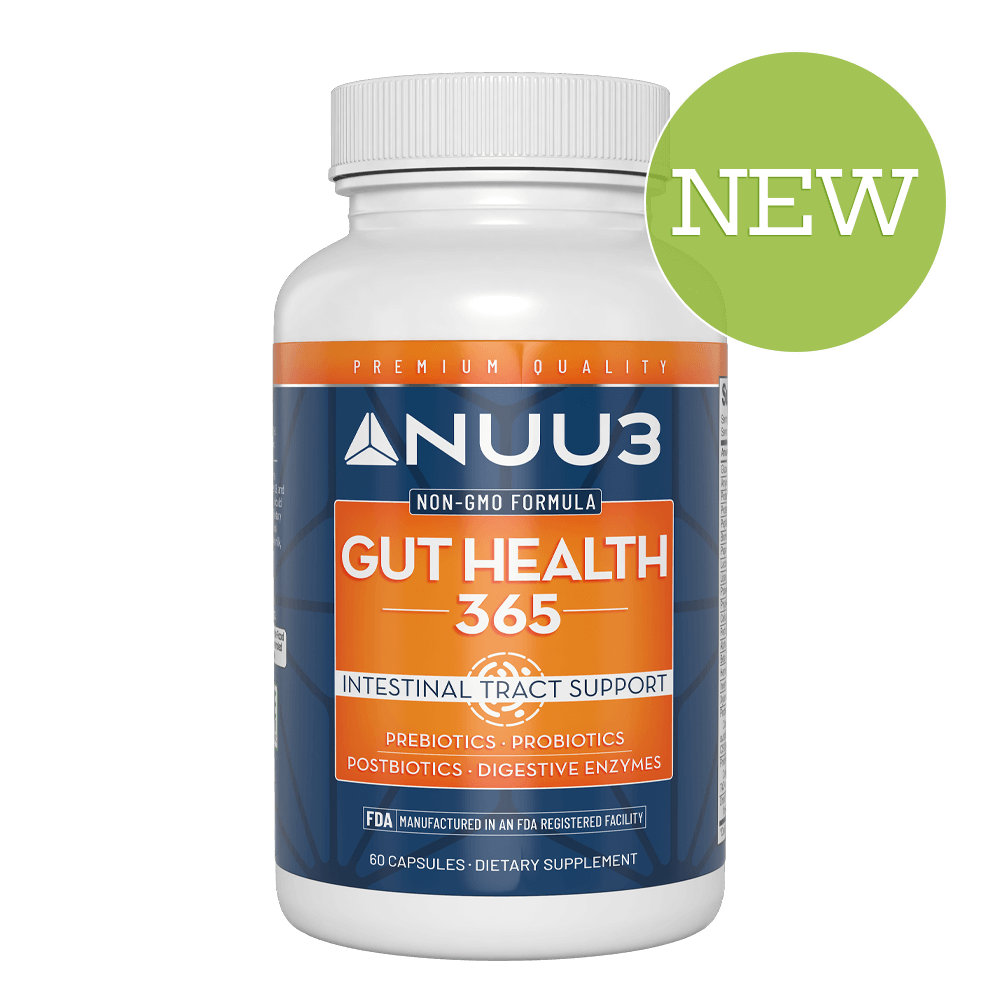Chest Exercises: Top Workouts for Strength and Definition
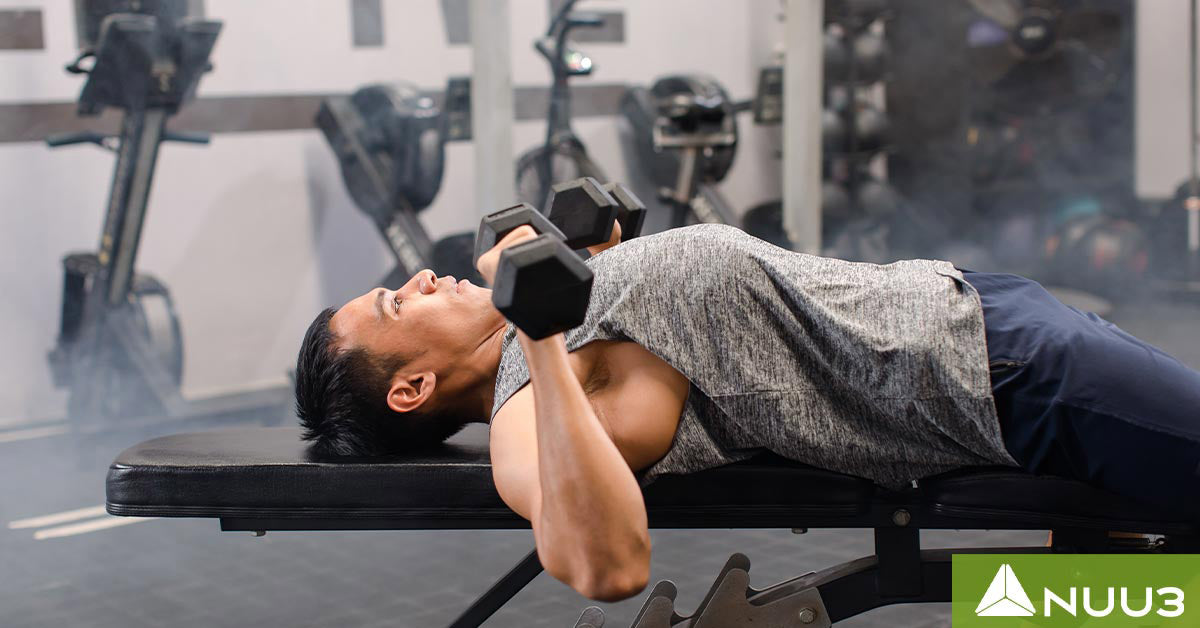
A brief overview of the importance of chest exercises
Chest exercises are essential for building upper body strength, improving posture, and enhancing overall physique. Strong chest muscles not only contribute to functional movements like pushing and lifting but also support other exercises by stabilizing the shoulders and arms. Additionally, a well-developed chest improves balance and reduces the risk of injury during physical activities. Incorporating chest exercises into your workout routine can also improve cardiovascular health, enhance endurance, and contribute to a toned, aesthetically pleasing upper body.
Benefits of building chest muscles (strength, aesthetics, posture, etc.)
Building chest muscles offers a variety of benefits that go beyond just improving your physical appearance. Here’s a breakdown of the key advantages:
-
Strength: Strong chest muscles play a critical role in many functional movements, such as pushing, lifting, and throwing. Exercises like the bench press and push-ups help develop overall upper body strength, making daily activities easier and improving performance in sports and fitness routines.
-
Aesthetics: Well-developed chest muscles contribute significantly to a balanced, muscular physique. A strong, defined chest enhances your upper body’s shape and can make your waist appear smaller, leading to a more V-shaped, athletic look.
-
Posture: Chest exercises not only strengthen the pectoral muscles but also support the shoulders and back, improving posture. Strong chest muscles help keep the shoulders properly aligned, preventing the common hunching forward that comes from weak pectorals and tight back muscles.
-
Injury Prevention: A balanced chest workout can reduce the risk of shoulder and back injuries by promoting proper alignment and strengthening surrounding muscles. By improving your upper body’s stability, strong chest muscles protect joints during physical activities.
-
Enhanced Athletic Performance: Chest muscles are essential for athletes, as they assist with pushing movements, power generation, and stability in sports like swimming, basketball, and martial arts. Building chest strength can lead to better performance and reduced fatigue.
-
Metabolic Boost: Building larger muscle groups, like the chest, can increase your body’s overall metabolism. Muscle mass burns more calories even at rest, helping with weight management and fat loss.
You May Also Like to Read: 10 Beginner-Friendly Kettlebell Workouts
Types of chest exercises (compound vs isolation)
Chest exercises are divided into two main categories: compound exercises and isolation exercises, each serving a unique purpose in muscle development and overall strength. Here’s a detailed explanation of both:
1. Compound Chest Exercises
Compound exercises engage multiple muscle groups and joints simultaneously. These movements are essential for building overall strength and improving functional fitness, as they mimic natural body movements and recruit various muscles to work together.
Examples:Barbell Bench Press: Targets the chest, shoulders, and triceps.
Push-ups: Works the chest, shoulders, triceps, and core.
Dips: Primarily hits the lower chest, triceps, and shoulders.
Benefits:Efficiency: By engaging multiple muscle groups, compound exercises allow you to lift heavier weights and burn more calories.
Strength and Size: These exercises are excellent for building overall upper body strength and muscle mass.
Functional Fitness: They improve your ability to perform daily movements like pushing or lifting.
2. Isolation Chest Exercises
Isolation exercises target a single muscle group, focusing solely on the chest muscles. These exercises are great for refining and sculpting the chest, particularly after you’ve developed a strong foundation through compound exercises.
Examples:Dumbbell Flyes: Isolates the chest, giving a deep stretch and focusing on the pectoral muscles.
Cable Crossovers: Targets the chest in a controlled, focused movement.
Pec Deck Machine: Isolates the chest by eliminating the involvement of other muscles like the triceps or shoulders.
Benefits:Targeted Muscle Development: Ideal for focusing on specific areas of the chest to improve muscle definition.
Refinement: These exercises allow you to concentrate on weak points or develop a more symmetrical chest.
Injury Recovery: Because isolation exercises place less strain on other muscles and joints, they can be used to focus on muscle development while recovering from injuries.
Key Differences:Muscle Groups: Compound exercises engage multiple muscle groups, while isolation exercises focus only on the chest muscles.
Purpose: Compound movements are typically used to build overall strength and mass, while isolation movements help refine, tone, and correct imbalances in the chest.
Caloric Burn: Compound exercises burn more calories because they recruit more muscles, whereas isolation exercises are more focused on muscular endurance and definition.
Anatomy of the Chest
The anatomy of the chest is primarily centered around two key muscles: the pectoralis major and the pectoralis minor, which are essential for the movement and function of the upper body. These muscles play a significant role in pushing movements and help stabilize the shoulder joint. Here’s a breakdown of the chest anatomy:
Pectoralis Major
The pectoralis major is the larger and more superficial of the two chest muscles, covering the upper chest. It has two distinct parts, both of which contribute to different movements:
Clavicular Head (Upper Chest): This part of the pectoralis major originates from the clavicle (collarbone) and is responsible for lifting the arm upward, contributing to movements such as pressing or raising arms above the head.
Sternal Head (Lower Chest): The sternal portion arises from the sternum (breastbone) and ribs, helping to move the arms inward and downward. It’s involved in exercises like push-ups and dips, which target the lower portion of the chest.
Functions of the Pectoralis Major:Responsible for arm flexion, moving the arm across the body.
Helps with adduction, bringing the arms closer to the body’s midline.
Assists in internal rotation of the shoulder, rotating the arm inward.
Pectoralis Minor
The pectoralis minor is a smaller, triangular muscle underneath the pectoralis major. Although less visible, it plays an important role in stabilizing the shoulder and assisting with breathing by lifting the ribs during deep inhalation.
Origin: It attaches from the third, fourth, and fifth ribs to the coracoid process of the scapula (shoulder blade).
Function: The pectoralis minor helps stabilize and depress the scapula, aiding in shoulder movement and assisting in pushing actions like a bench press or push-up.
Supporting Muscles in Chest Exercises
While the pectoralis major and minor are the primary chest muscles, several supporting muscles are engaged during chest exercises:
Anterior Deltoids (front of the shoulders): These assist in pressing movements like the bench press or push-ups.
Triceps Brachii (back of the upper arms): The triceps help extend the arms, playing a supporting role in most pressing and pushing exercises.
Serratus Anterior: Located on the side of the chest and attached to the ribs, this muscle aids in the stabilization of the shoulder blade during chest movements.
Importance of Understanding Chest Anatomy in Exercise
Knowing the chest anatomy allows you to target different parts of the chest more effectively. For example:
Incline Bench Press focuses more on the upper chest (clavicular head).
Flat Bench Press targets the overall pectoralis major.
Decline Bench Press or Dips hit the lower portion of the chest (sternal head).
This understanding ensures that your chest workout routine is balanced and helps develop the entire chest, reducing muscle imbalances and improving strength and aesthetics.
Top Compound Chest Exercises
1. Barbell Bench Press
The barbell bench press is one of the most popular and effective compound chest exercises, often considered the foundation of any chest workout routine.
How to Perform: Lie flat on a bench, grip the barbell slightly wider than shoulder-width, and lower the bar to your chest before pressing it back up to arm’s length.
Muscles Worked: Pectoralis major (mainly), anterior deltoids (shoulders), and triceps.
Benefits:Builds overall chest strength and muscle mass.
Engages multiple upper body muscles, making it efficient for building strength.
Allows for heavier weights, maximizing growth potential.
2. Dumbbell Bench Press
The dumbbell bench press is similar to the barbell bench press but offers a greater range of motion, which helps target the chest muscles more deeply.
How to Perform: Lie on a bench with a dumbbell in each hand. Lower the dumbbells to your chest level with elbows bent, then press them upward until your arms are fully extended.
Muscles Worked: Pectoralis major, triceps, anterior deltoids. Benefits:
Improves muscle balance and coordination since each arm works independently.
Offers more flexibility in the range of motion, hitting the chest muscles more effectively.
Engages stabilizer muscles for better shoulder stability.
3. Push-Ups
Push-ups are a classic bodyweight compound chest exercise that requires no equipment. They can be done anywhere and are highly effective for building chest, shoulder, and arm strength.
How to Perform: Start in a plank position with your hands slightly wider than shoulder-width. Lower your body until your chest nearly touches the floor, then push back up to the starting position.
Muscles Worked: Pectoralis major, triceps, anterior deltoids, core.
Benefits:Builds upper body strength using body weight.
Enhances core stability while working the chest and arms.
Great for improving muscular endurance and can be modified for all fitness levels (e.g., incline or decline push-ups).
4. Incline Barbell Bench Press
The incline barbell bench press is a variation of the standard bench press that targets the upper chest more effectively. By adjusting the bench to an incline (typically 30 to 45 degrees), the emphasis shifts to the clavicular head of the pectoralis major.
How to Perform: Set a bench at an incline angle, grip the barbell with a slightly wider than shoulder-width grip, and press the weight up and down as you would in a flat bench press.
Muscles Worked: Upper pectoralis major, anterior deltoids, triceps.
Benefits:Focuses on the upper chest, improving overall chest symmetry.
Helps develop the clavicular portion of the pectoral muscles, which is often weaker.
Adds variety to your chest workout routine.
5. Dips (Chest-Focused)
Dips are a compound movement that can effectively target the lower chest and triceps, depending on the angle of your body.
How to Perform: Using parallel bars, lower your body by bending your elbows until your upper arms are parallel to the floor. To target the chest, lean forward slightly as you dip, then push yourself back up to the starting position.
Muscles Worked: Lower pectoralis major, triceps, anterior deltoids. Benefits:
Excellent for developing lower chest strength and muscle definition.
Engages the triceps and shoulders along with the chest, making it a comprehensive upper-body workout.
Can be modified by adding weight or adjusting the angle for increased difficulty.
6. Decline Barbell Bench Press
The decline bench press shifts focus to the lower portion of the chest. By lowering the angle of the bench, more emphasis is placed on the sternal head of the pectoralis major.
How to Perform: Set a bench to a decline position (about 15-30 degrees), lie down, and grip the barbell slightly wider than shoulder width. Lower the bar to your chest and press it back up.
Muscles Worked: Lower pectoralis major, triceps, anterior deltoids.
Benefits:Specifically targets the lower chest for balanced development.
Allows for heavier weights, making it effective for building lower chest strength and size.
Reduces shoulder strain compared to a flat or incline press.
7. Chest Press Machine
The chest press machine mimics the motion of a bench press but offers more stability and control, making it ideal for beginners or those recovering from injury.
How to Perform: Sit on the machine with your back flat against the pad, grip the handles, and press them forward until your arms are fully extended, then return to the starting position.
Muscles Worked: Pectoralis major, triceps, anterior deltoids.
Benefits:Provides better control and stability, making it great for beginners.
Helps you focus on the chest muscles without worrying about balancing weights.
Reduces the risk of injury due to guided motion.
Top Isolation Chest Exercises
Isolation chest exercises target the pectoral muscles specifically, helping to refine and shape your chest while minimizing the involvement of other muscle groups. These exercises are perfect for achieving better muscle definition and symmetry, complementing compound movements in your chest routine. Here are the top isolation chest exercises:
1. Dumbbell Flyes
Dumbbell flyes are excellent for stretching and contracting the pectoral muscles, particularly focusing on the inner chest.
How to Perform: Lie flat on a bench with a dumbbell in each hand, arms extended above your chest with a slight bend in the elbows. Lower the dumbbells out to the side in a wide arc until you feel a stretch, then bring them back together at the top, squeezing your chest.
Muscles Worked: Pectoralis major (inner portion).
Benefits:Isolates the chest for better muscle definition.
Helps increase flexibility and range of motion in the chest muscles.
2. Cable Crossovers
Cable crossovers are great for maintaining constant tension on the chest muscles throughout the movement.
How to Perform: Set the pulleys of a cable machine to the highest position. Stand in the center, grab each handle, and pull the cables downward and across your body, squeezing your chest at the end of the movement.
Muscles Worked: Pectoralis major (upper, middle, and lower portions depending on cable height).
Benefits:Targets the entire chest and allows for precise control and tension.
Adjustable pulley height allows for variation in chest targeting.
3. Pec Deck Machine (Chest Fly Machine)
The pec deck machine offers a controlled environment for performing chest flyes, ideal for beginners or those looking for more stability.
How to Perform: Sit on the pec deck machine with your arms positioned on the padded levers. Push your arms together in front of your chest, squeeze your pecs, and slowly return to the starting position.
Muscles Worked: Pectoralis major. Benefits:
Provides excellent isolation of the chest muscles with minimal involvement from other muscle groups.
Easy to control and safe for those recovering from injury.
4. Low Cable Fly
Low cable flyes are an isolation movement that targets the upper chest by pulling the cables from a lower angle.
How to Perform: Set the pulleys of a cable machine to the lowest position. Stand between the cables, hold the handles with palms facing up, and pull the cables upward in a wide arc, bringing them together at chest level.
Muscles Worked: Upper pectoralis major.
Benefits:Helps develop the upper chest, which can be difficult to target with other exercises.
Provides constant tension on the chest muscles, enhancing muscle growth.
5. Incline Dumbbell Flyes
Incline dumbbell flyes focus on the upper chest, making them an ideal exercise for improving overall chest symmetry.
How to Perform: Lie on an incline bench set to 30-45 degrees. Hold a dumbbell in each hand, with your arms extended above your chest. Lower the dumbbells in a wide arc until you feel a stretch in your upper chest, then bring them back together.
Muscles Worked: Upper pectoralis major. Benefits:
Specifically targets the upper chest, helping to build a fuller, more developed chest.
Stretches the chest muscles and increases the range of motion.
6. Single-Arm Cable Fly
Single-arm cable flyes allow you to isolate each side of the chest, helping to correct muscle imbalances and improve symmetry.
How to Perform: Stand to the side of a cable machine with the handle set at shoulder height. Grab the handle with one hand and pull it across your body, squeezing your chest as you complete the movement. Repeat on the other side.
Muscles Worked: Pectoralis major.
Benefits:Isolates each side of the chest individually, perfect for fixing imbalances.
Offers full control and a complete range of motion.
Isolation chest exercises are essential for targeting and refining the chest muscles, helping to improve muscle definition and symmetry. These exercises focus solely on the chest, minimizing involvement from other muscle groups and allowing for concentrated effort on the pectorals.
NUU3 ACV Gummies can complement your chest workouts by supporting fat metabolism and overall wellness, making them a useful addition to your fitness routine for enhanced results.
Common Mistakes to Avoid
- Improper Form: Avoid flaring elbows or arching your back. Maintain correct posture and controlled movements.
- Not Using Full Range of Motion: Ensure a full stretch and contraction to maximize muscle engagement.
- Lifting Too Heavy: Don’t sacrifice form for heavier weights. Start with a manageable load and increase gradually.
- Over-Reliance on Machines: Incorporate free weights and bodyweight exercises to engage stabilizer muscles.
- Neglecting Upper and Lower Chest: Include incline and decline movements to target the entire chest.
- Skipping Warm-Up: Always warm up properly to prevent injuries.
- Rushing Reps: Control the weight throughout the movement, especially during the lowering phase.
- Ego Lifting: Prioritize form over the amount of weight lifted to avoid injury.
- Inadequate Rest: Allow sufficient recovery time between chest workouts to prevent overtraining.
- Lack of Variety: Mix up exercises and rep schemes to prevent plateaus and enhance muscle development.
FAQs
How often should I train my chest?
You should train your chest 1-2 times per week, allowing at least 48 hours of recovery between sessions for optimal muscle growth and recovery.
Can chest exercises help with posture?
Chest exercises can improve posture by strengthening the pectoral muscles and supporting proper shoulder alignment, but balance them with back exercises to prevent rounded shoulders.
What’s the difference between an incline and a flat bench press?
The incline bench press targets the upper chest (clavicular head), while the flat bench press focuses on the overall chest, especially the middle portion (sternal head).
Conclusion
In conclusion, focusing on proper form, balanced exercises, and progressive overload are key to building a stronger, well-defined chest. Incorporate a mix of compound and isolation movements, target all areas of the chest, and allow for adequate rest and recovery. By avoiding common mistakes and staying consistent, you’ll achieve better results and improve your overall fitness.

